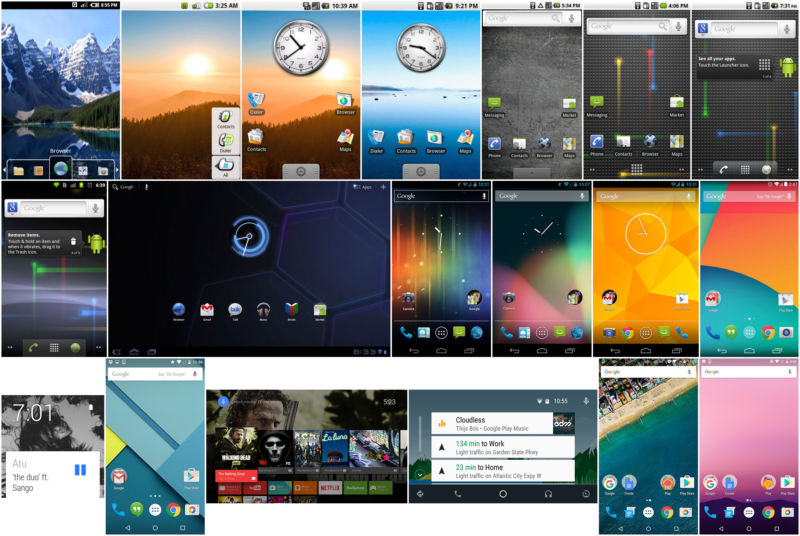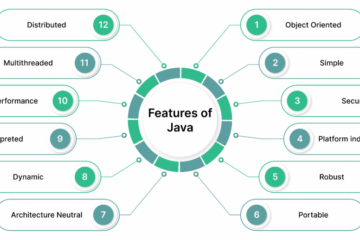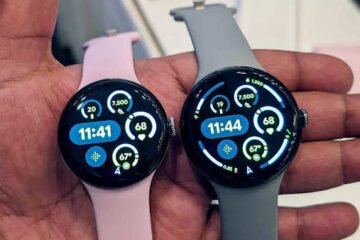
Android has been with us in one form or another for more than eight years. During that time, we’ve seen an absolutely breathtaking rate of change unlike any other development cycle that has ever existed. When it came time for Google to dive in to the smartphone wars, the company took its rapid-iteration, Web-style update cycle and applied it to an operating system, and the result has been an onslaught of continual improvement. Lately, Android has even been running on a previously unheard of six-month development cycle, and that’s slower than it used to be. For the first year of Android’s commercial existence, Google was putting out a new version every two-and-a-half months.
Looking back, Android’s existence has been a blur. It’s now a historically big operating system. Almost a billion total devices have been sold, and 1.5 million devices are activated per day—but how did Google get here? With this level of scale and success, you would think there would be tons of coverage of Android’s rise from zero to hero. However, there just isn’t. Android wasn’t very popular in the early days, and until Android 4.0, screenshots could only be taken with the developer kit. These two factors mean you aren’t going to find a lot of images or information out there about the early versions of Android.
The problem now with the lack of early coverage is that early versions of Android are dying. While something like Windows 1.0 will be around forever—just grab an old computer and install it—Android could be considered the first cloud-based operating system. Many features are heavily reliant on Google’s servers to function. With fewer and fewer people using old versions of Android, those servers are being shut down. And when a cloud-reliant app has its server support shut off, it will never work again—the app crashes and displays a blank screen, or it just refuses to start.Thanks to this “cloud rot,” an Android retrospective won’t be possible in a few years. Early versions of Android will be empty, broken husks that won’t function without cloud support. While it’s easy to think of this as a ways off, it’s happening right now. While writing this piece, we ran into tons of apps that no longer function because the server support has been turned off. Early clients for Google Maps and the Android Market, for instance, are no longer able to communicate with Google. They either throw an error message and crash or display blank screens. Some apps even worked one week and died the next, because Google was actively shutting down servers during our writing!
To prevent any more of Android’s past from being lost to the annals of history, we did what needed to be done. This is 25+ versions of Android, a myriad of devices, and lots and lots of screenshots cobbled together in one space. This is The History of Android, from the very first public builds to today.
[Source:-Ars Technica]




